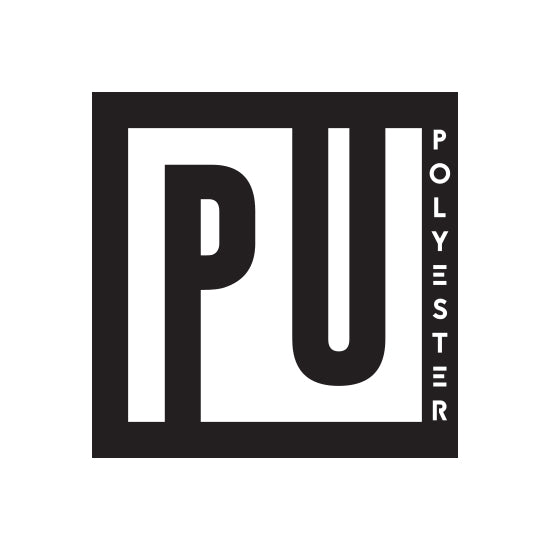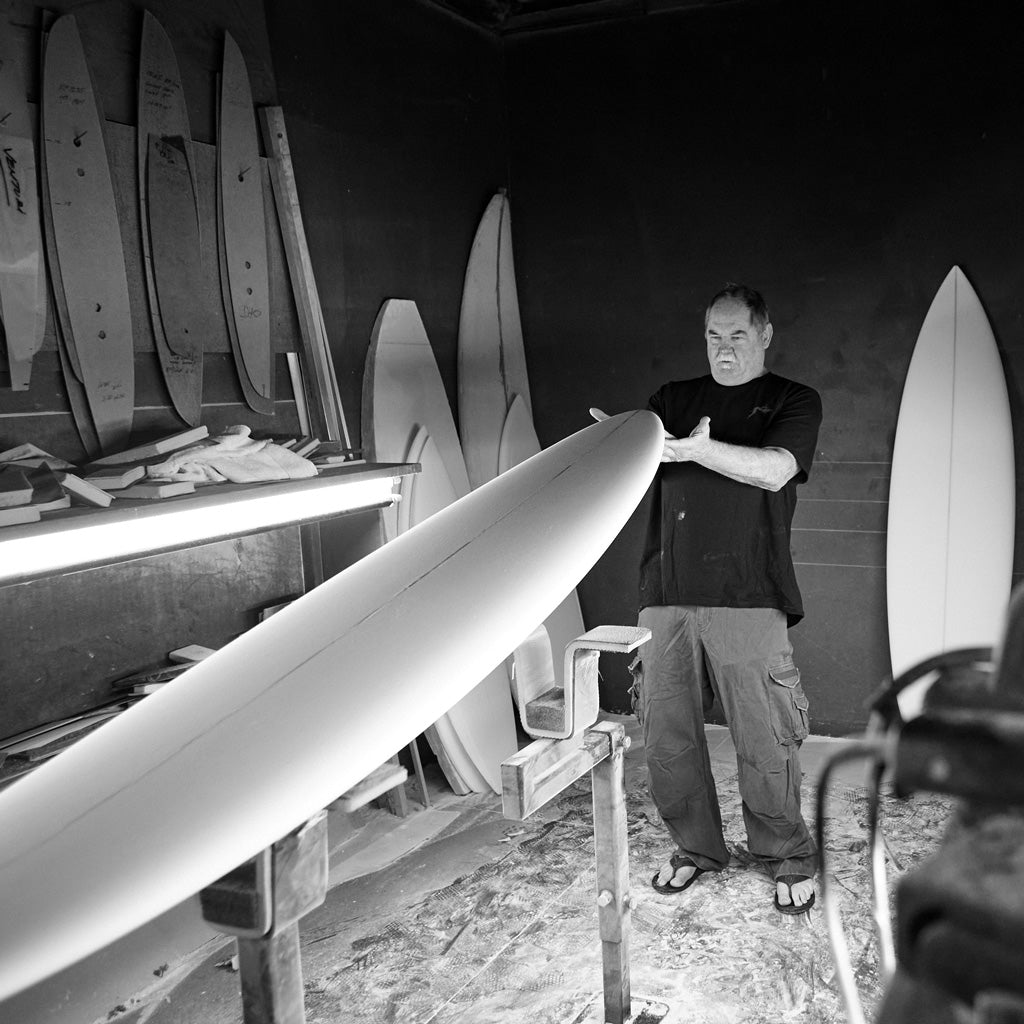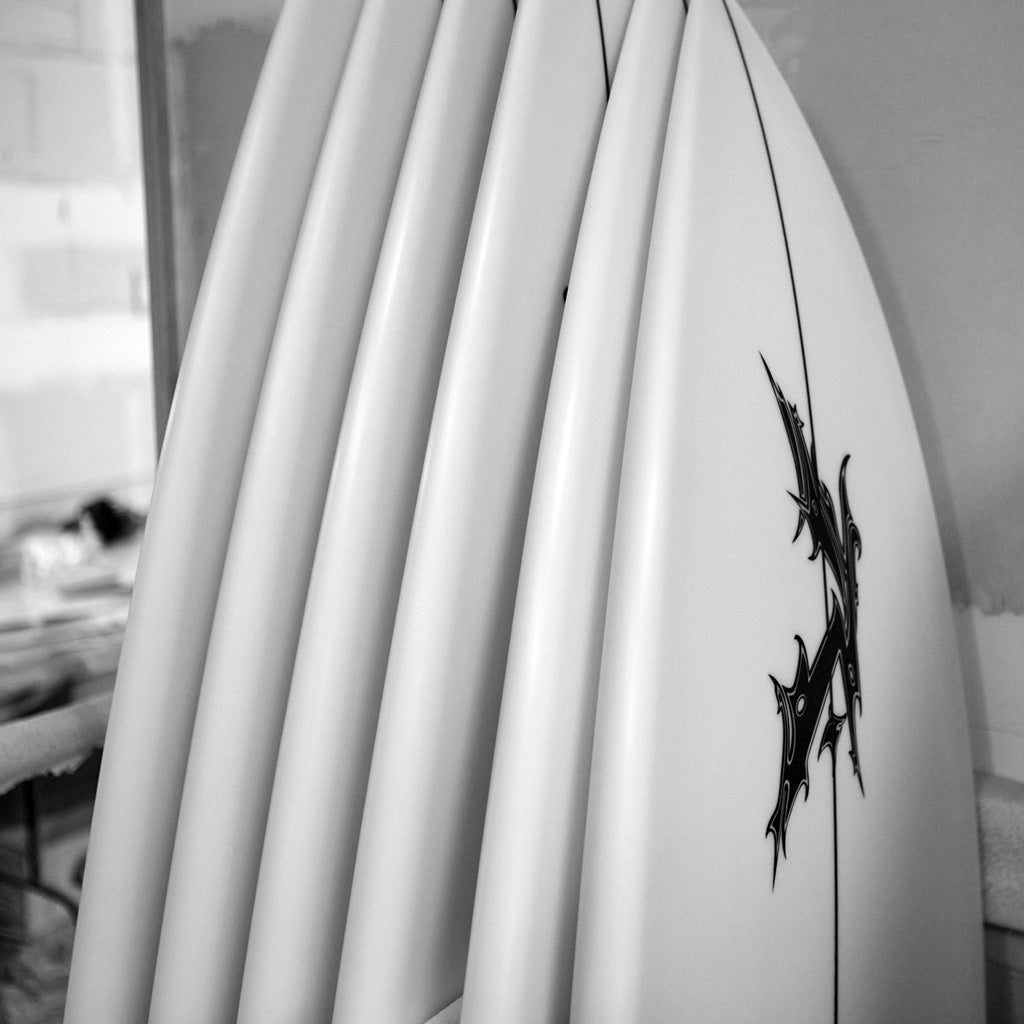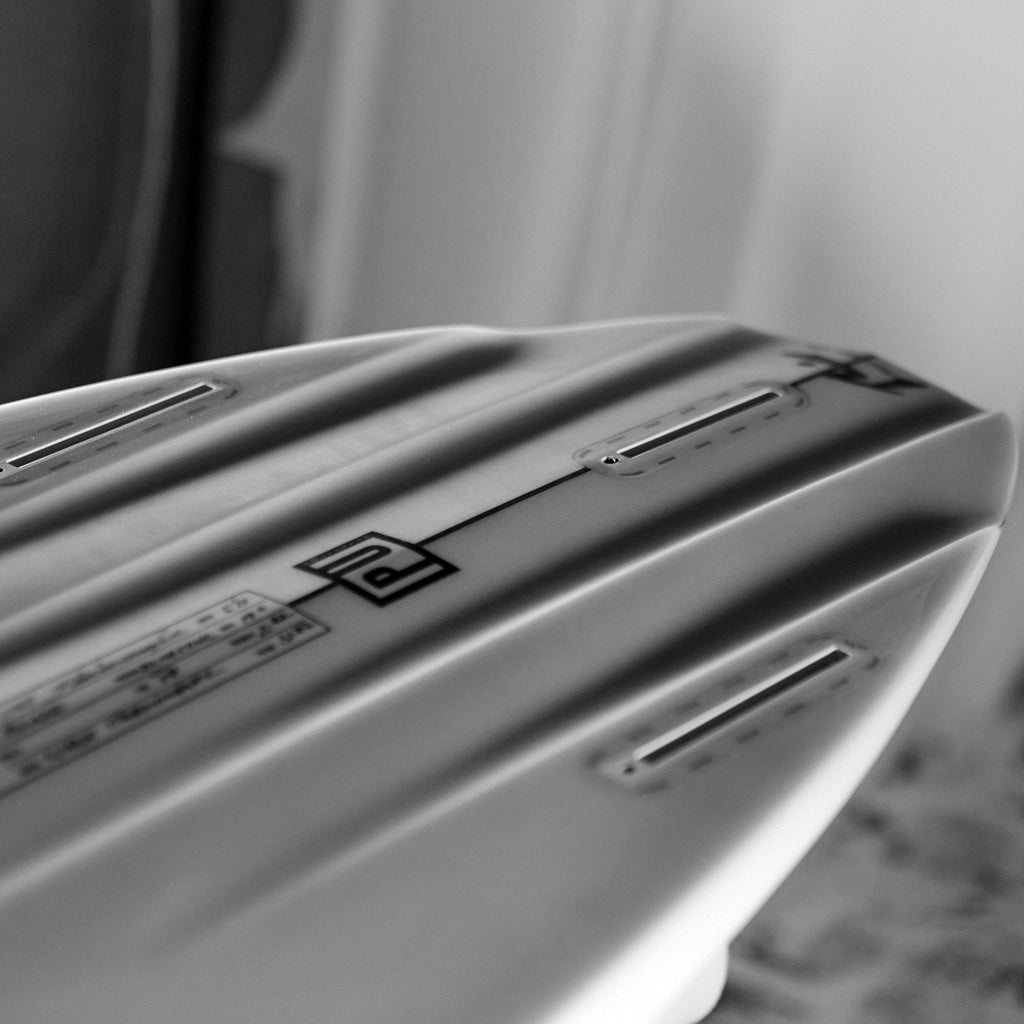Otto Bayer and co-workers at IG Farben in Leverkusen, Germany, discovered and patented the chemistry of polyurethanes in 1937. Polyurethane foam has been used for many applications since the beginning of WW2 and Dave Sweet is given credit as the first surfboard builder to use polyurethane. In 1957 Hobie was introduced to it. In 1958 Hobie announced “no more wood boards, only foam."
"Polyurethanes are formed by reacting a polyol (an alcohol with more than two reactive hydroxyl groups per molecule) with a diisocyanate or a polymeric isocyanate in the presence of suitable catalysts and additives." PU is a closed cell foam and is made by pouring the chemicals into a blank mold and expanding until it fills the entire mold. PU foam is water resistant and absorbs water slowly. The water breaks into the foam, cell by cell. PU comes in many densities. Pro surfers tend to use the lightest density, about 12% to 14% lighter than stock foam. Heavier foam is also available at densities anywhere from 10%, to 200% heavier for tow-in boards.
PU can be glassed with either Polyester resin or Epoxy. EPS can only be glassed with Epoxy. The chemicals involved in making PU are more toxic than other types of foam. PU is actually slightly more expensive than EPS but the PE resin is cheaper than Epoxy. If you are going to get a board made out of PU, consider glassing it with Epoxy resin. It costs a little bit more but is much stronger.

PU blanks are the most affordable blanks available. So if you're looking for the most affordable yet quality solution, PU is the way to go.

There's a reason PU blanks have been around for over half a century. They're reliable and used by many of the world's best surfers.

Another great feature of PU blanks is that they're easy to repair. If you get a ding the foam dries relatively fast and fixing the ding should not take too long.

PU is a foam technology that is well proven and tested over decades. It has a price point that is affordable, it's easy to use, easy to fix and is the fastest technology to make (build). PU is versatile and can be glassed with either Polyester resin or Epoxy. If you are going to get a board made out of PU, consider glassing it with Epoxy resin. It costs a little bit more but is much stronger.
